
The Last Remnant PC Review
Already released on the Xbox 360 for several months, The Last Remnant has been decided by most to be average. Good, not great – some fantastic ideas executed well in some areas, badly well in others, and overall a game worth a try, but nothing to shout about.
Being the same game at its core, it’d be unrealistic to expect TLR for PC to break out of this definition much. It does break out of it a little, though, which is very satisfying. Let’s get the obvious out of the way: If you’ve played The Last Remnant on Xbox 360, you’ll know the game is plagued by too-long loading times, constant texture and even model pop-in, slowdown and general bad performance across the board.
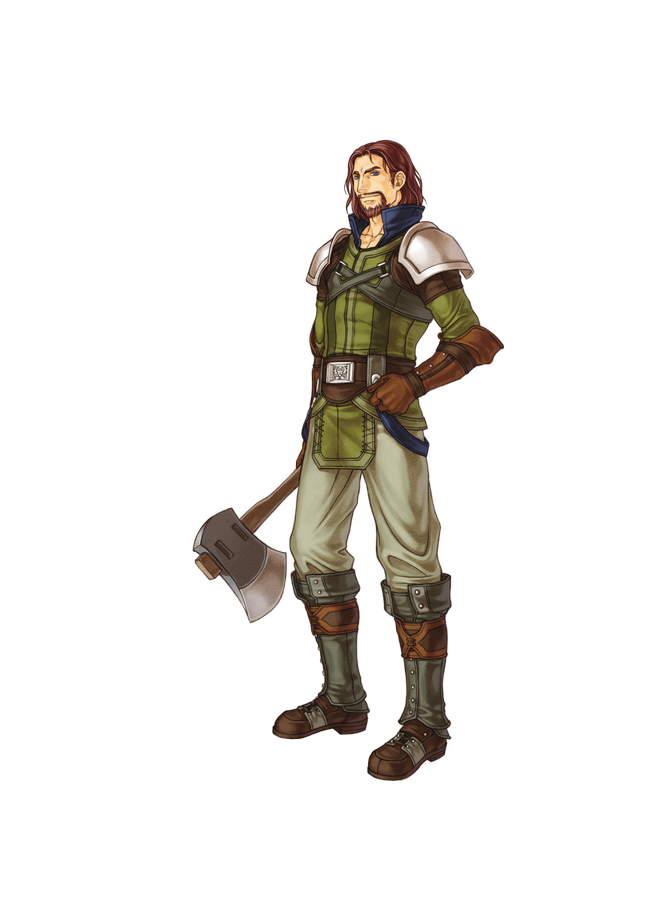
We were playing TLR on a PC that hits and surpasses the recommended specifications, and the game certainly benefits from it. While it still had occasional issues, the game was finally as smooth and polished graphically as it deserved to be on the Xbox 360, and this allows you to concentrate on how fun and interesting the huge multi-party battle fighting mechanic is rather than how much the slowdown sucks.
So it runs and looks better; a huge improvement. The graphics are, as ever, fairly standard for the Unreal Engine and this generation, with nice detailing on the models and battlefields. Again, not earth shattering, but nothing to be sniffed at.
The gameplay in the PC version of The Last Remnant is largely unchanged, though. This is no bad thing, though. Battles take place between different parties, like many RPGs, but parties actually act and attack as one large formation, with shared health and ability points.
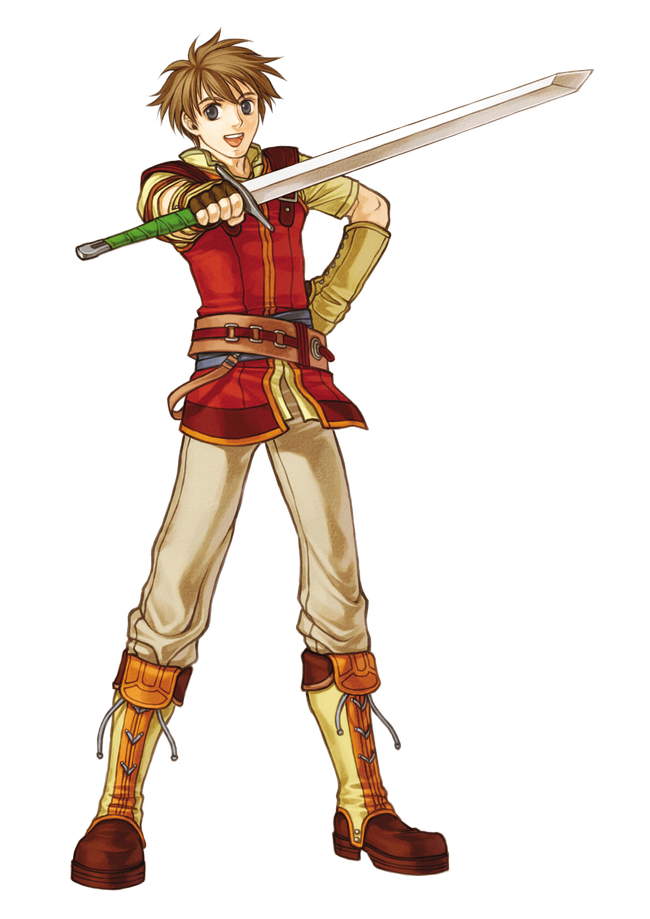
In truth attacking as a unit isn’t too different to attacking as a single character in other RPGs, but some interesting stuff comes from this mechanic – if the unit leader is killed, the unit cannot act, and each unit has a morale gauge which has a direct effect on what abilities and skills they can use as well as the basic value of their attacks and magic.
Special abilities will require spending ability points, which slowly regenerates each turn. AP abilities are very valuable in TLR, and learning when to use them will be a vital part of enjoying the gameplay and coming up with interesting, powerful battle strategies. Once a unit and an enemy unit engage in ‘deadlock’, they will fight to the death.
On any given battlefield you will likely have control of more than one unit. Here strategy RPG elements come into play – for example one unit may be fighting the enemy and losing badly. If the weak unit can break the deadlock and escape, you can bring another unit up at the rear and perform a flank attack on the enemy, allowing the stronger unit to surprise attack and take them down.
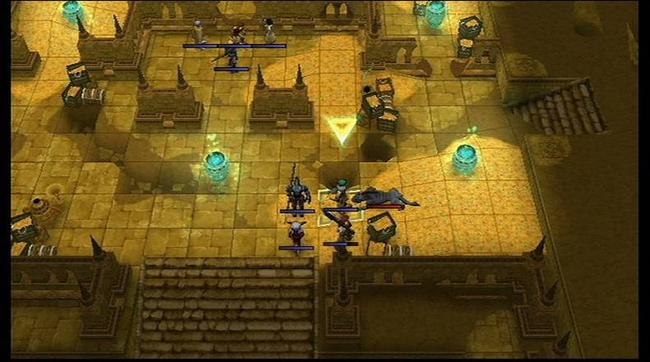
The same thing can of course happen to your own precious units, so you have to keep an eye on the wider battlefield as well as individual health and situations. Sometimes, AI-controlled allies will also enter the battle and you will be given objectives to help them – or they will help you. Battle commands are the norm for RPGs, just with different names – magic, melee, item use, and special attacks and abilities, many of which are unique to specific story characters.
Each style of attack is divided down into several ‘arts’. There’s sword art, for example, but there’s also ‘arts’ for different types of weapons. This is reminiscent of the job system from other RPGs, and characters can change their weapon to access different arts. The longer an art is used the more proficient a character will become with it, and it will also unlock other, related arts for use. Arts even affect the use of items.
Outside of battle, the level system is intact with arts now providing a slight twist on the idea. Loot is grabbed from battle, and can be sold or synthesised into better weapons. Weapon and armour that you synthesize can only be used on Rush, the main character, but loot can also be given to your units to allow them to upgrade their equipment.
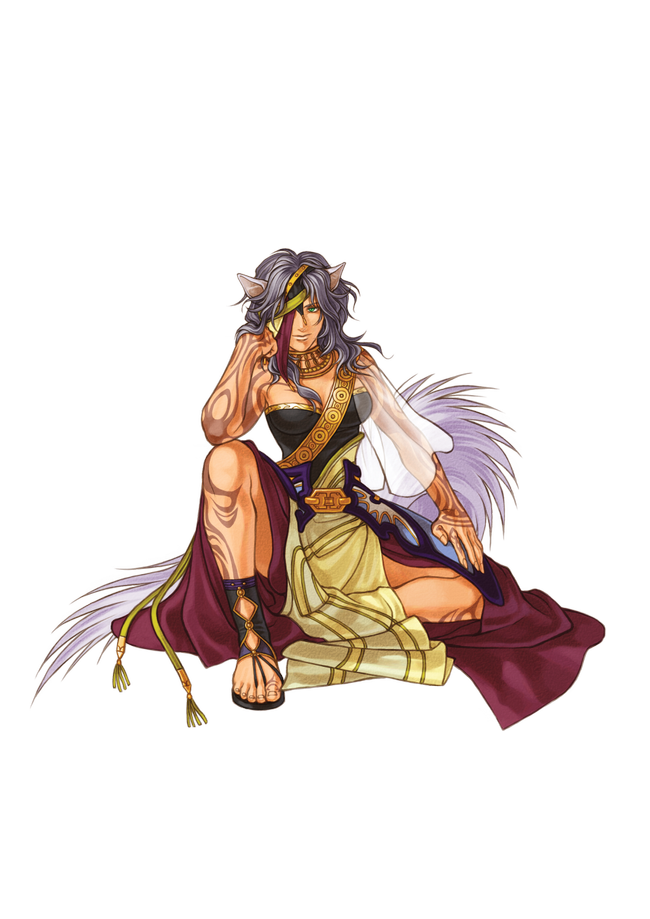
A traditional overworld is absent from The Last Remnant, instead opting for the world map system where you click on where you want to go. I’m not a fan of this, and would rather for a mix of the two systems, as seen in Lost Odyssey. Exploration in dungeons is rewarded as ever with treasure and loot which can be used in the usual way.
Throughout the game you earn the ability to have more units under your command, and you must hire leaders and choose formations for the units to go in. Building your units correctly is probably even more important than the abilities of equipment of Rush and will decide your fate in many battles.
All this sounds quite simple, but it really isn’t. TLR is the type of game where you get out of it what you put in; and to get maximum enjoyment out of the game, you have to put quite a lot of time in. The game is lengthy and the story is interesting, which is good news as many of the cutscenes are very, very long. Thankfully, I found the story interesting enough (admittedly only on my first playthrough on 360) to resist skipping. In the end though it may not matter; if you truly become interested in the battle system, the story will take a back seat to your battle preparations.
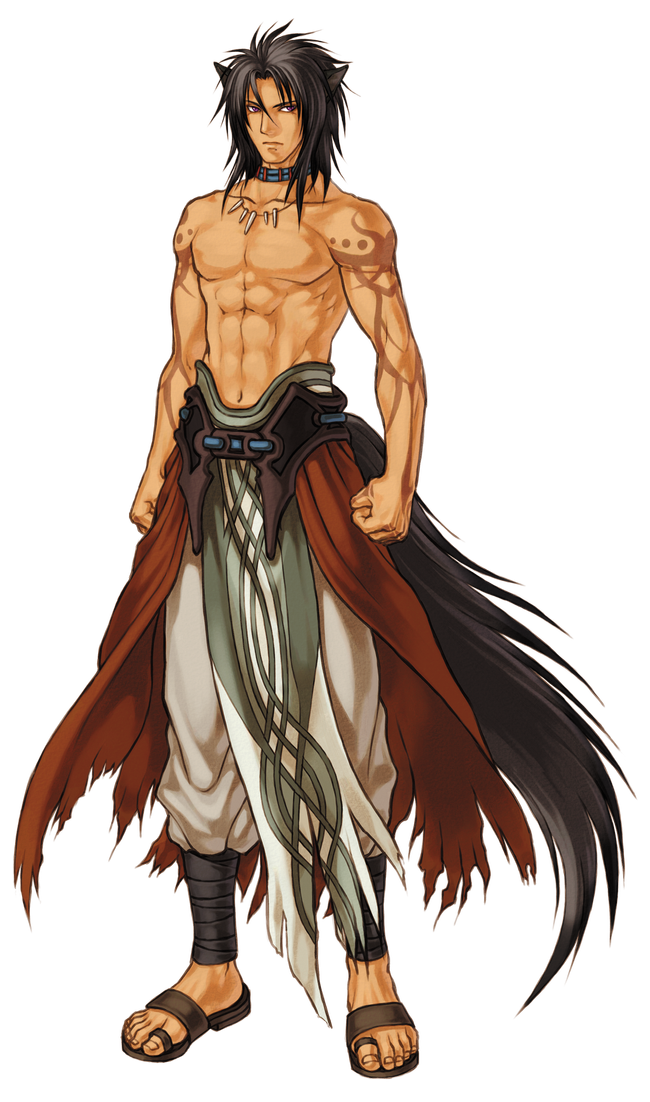
All this is the same as the Xbox 360 version, which isn’t exactly a good thing. While interesting ideas are presented, many aren’t executed well, putting a massive damper on the flashes of genius that are well-done.
The controls on the PC leave a lot to be desired, and the recommended specifications of the PC version even suggest you use an Xbox 360 control pad for PC. Allow us to second that recommendation, as this game is certainly not designed for use with a keyboard and mouse and is clunky at best when playing with one. This isn’t an ideal situation for a PC owner, but this game is a console port. Square Enix certainly should’ve spent more time optimizing PC controls, though.
The music in this game is wonderful, composed by Tsuyoshi Sekito of the Black Mages taking composing duties and coming up with some fantastic melodies that are hummable and rank up there with the best work of his band-mate Nobuo Uematsu. The voice acting and writing is uneven, something of a theme for recent Square Enix voice localizations. Some characters and scenes are fantastically acted, and others will leave you cringing.
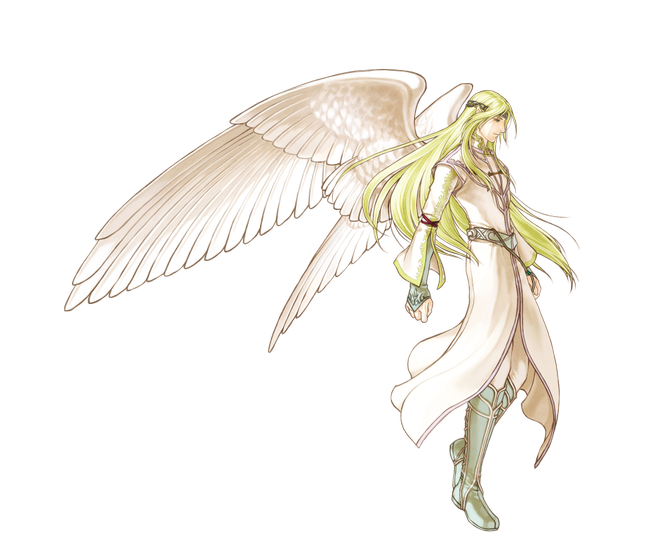
The Last Remnant is a reasonably competent RPG, combining elements from both the standard turn-based and strategy sub-genres and making a new, interesting beast from them. It’s deep if you have the time to invest in it and provides a challenge throughout. With the graphical issues from the Xbox 360 version largely absent this version is far superior despite the cringe worthy voice acting and some leftover technical issues.
The biggest crime of TLR sadly lies in the gameplay, which suffers terribly due to its experimental, genre-combining nature. In some places it feels like a revolution, while in others it feels like a mess of unfinished ideas.
The Last Remnant is a fun game in spite of its flaws, and is worth playing just to see some of the interesting ideas which may well inspire ideas for future RPGs. But when it comes down to it, it's only just above average.